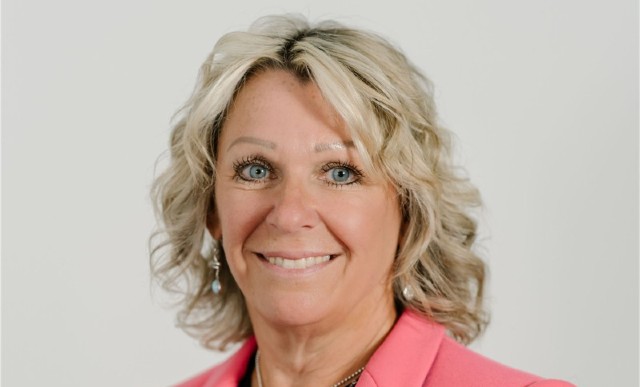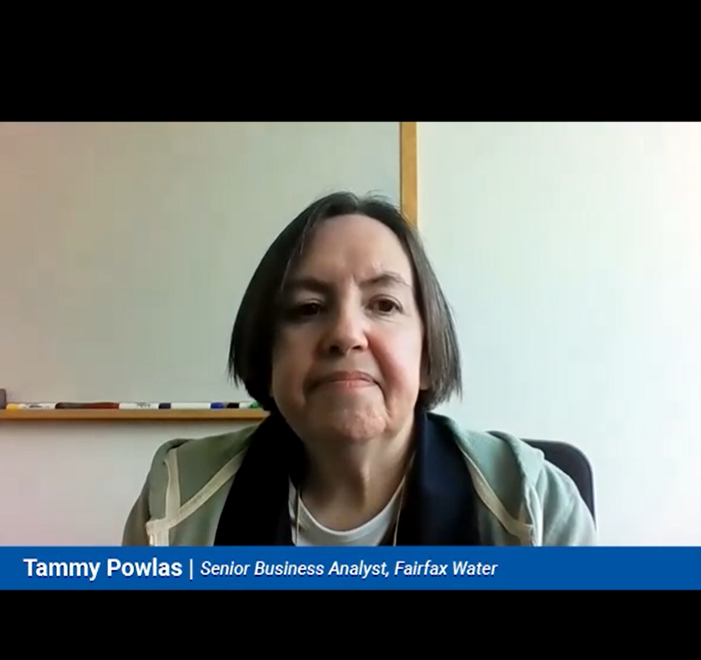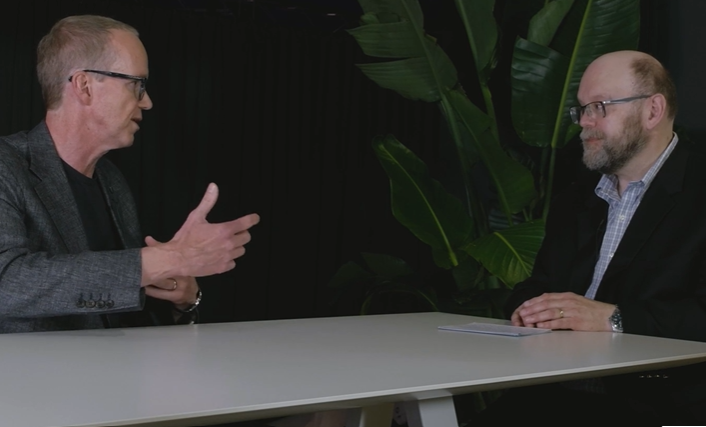Are Your People Ready for More?
By Rizal Ahmed, Chief Research Officer, SAPinsider
Referencing business disruption to describe the myriad of challenges impacting enterprises across every industry around the world has left the concept essentially empty in its meaning — a cliché at best. How can we understand an experience that is in fact very meaningful, and more importantly – transformational – for the business technology landscape?
Let’s start by breaking down this global force into the specific questions that IT and business leaders are asking themselves, like how do I:
Explore related questions
- Accelerate operations despite difficult and changing working environments?
- Keep my people focused on important goals in the face of distraction?
- Prevent employees from burning out and feeling alone while working remotely?
- Sell change and manage people who are resistant to it?
- Continue to keep my people motivated and retained?
Lessons From CIOs Who Have Run a Massive Transformation Project Remotely
Answers to the aforementioned questions were provided as part of discussions the occurred during SAPinsider’s July Technology Executive Forum virtual meeting. (Read a summary of the event here.) It’s not surprising that while the topic was about adapting infrastructure and technology to support business transformation, the conversation continuously returned to one about people.
This focus is re-enforced by our Q1 CIO Perspectives Report published in March 2021 which found that managing change, hiring and retaining staff, and motivating and inspiring people were among the top leadership challenges our executive respondents face 2021.
During the meeting’s keynote session Thomas Buck, CIO of Vitesco, discussed managing a global spinoff from its parent organization Continental Corporation, one of the largest automotive suppliers in the world. Vitesco’s focus is on building solutions for electrified mobility and migrating away from traditional combustion engines.
This was no small spinoff, and the timing and deadlines were tight. Buck and his fellow executives created an organization and infrastructure to support more than 40,000 employees in just over a year. Much of the IT work related to copying, migrating, and consolidating applications and systems from the parent organization. The project scope included 4,700 tasks in 16 different countries. Vitesco had to migrate 29,000 mailboxes, 2,500 SharePoint sites, 20 TB of data, and over 300 applications. Because of the timing and deadlines of the transition, in the first phase of their project the team had to copy more of their existing SAP systems rather than consolidate them. According to Buck, Vitesco’s parent company runs more than 35 SAP production systems, more than 30 SAP quality systems, and more than 30 SAP development systems on five different SAP release levels.
All this work was completed in the middle of the pandemic in a remote working environment. It also involved many nights and weekends of testing, problem solving, and adjusting strategies. While the project was far from easy, it did give Buck faith in his team and that managing such a large and complex initiative remotely is possible.
“You learn a lot from running such a large project completely out of the home office. We did it. It gives you interesting new insights about what is possible. You get interesting new ideas on how you keep the team motivated and how you keep the team together, because you can imagine doing this. You have to rely on a lot of teamwork without the chance to get the people together,” Buck said.
One thing that Buck was particularly proud of was that the perception of IT during this very difficult time actually rose as opposed to declined. Their Net Promoter Score doubled from 26 to 52 in the last month. Buck credited his team and their ability to focus on a singular goal of getting the spin off up and running by deadline as a key motivation and organizing factor.
“Usually, you don’t have such a large singular objective like our spin off. Everybody on my team was working for one thing — the spin-off of the company — and that’s makes a huge difference. If you can find a way to bring your whole team behind a large singular target, you will have a greatly motivated team,” Buck said.
Prioritizing Collaboration and Creativity Virtually
During the fireside chat Michael Mullis, CIO of Ingevity, a specialty chemicals manufacturer, described his own company’s significant project migrating its twenty-year-old heavily customized version of SAP to SAP S/4HANA and the cloud over the past year. Ingevity is through the design and build phase of their project and plan to go live in the next few months.
Mullis faced similar challenges leading such a large and complex project remotely. He acknowledged some of the obstacles faced particularly when it came to applying new approaches and getting creative. “If you go back to the design phase, typically during an SAP implementation, you get everyone in a room with big white board and lots of sticky notes, and you go through your ‘as-is’ and map out to your ‘to be.’ We didn’t get to do that,” Mullis said.
The Ingevity team used a digital design thinking solution called Mural to help the teams visualize potential roadmaps, scenarios, and benefits. “We needed to understand the capabilities of SAP S/4HANA and the Art of the Possible. This solution helped us go through a lot of that process, and this was an additional skill that we had to figure out,” Mullis said.
Embracing Change and the Digital Mindset
CIOs at the event panel discussion talked about change and mindset as being critical ingredients for ongoing success. Most leaders’ paths to digital transformation are accelerating at a rapid pace. This means IT and business staff members must not only be on board but also help to lead and advocate for digital initiatives. For many this is not an easy task.
Nuno Miller, CIO and Head of Digital and IT at SonaeFashion, a producer of worldwide fashion brands, discussed the importance of stimulating a mindset shift particularly when both the business and IT landscapes are shifting dramatically. “An important pillar of our strategy is becoming more digital. And in terms of digital, it requires a completely new mindset and cultural change also to make sure that everyone in the company is part of the change. It’s not just the responsibility of the Chief Digital Officer. Everyone from operations to supply chain, to product development needs to be much more in touch with the digital technologies, with digital mindsets, and with the culture that needs to put in place,” Miller said.
A mindset change must be led from the top and by example, said our CIO panelists. Christian Niederhagemann, CIO of GEA Group, talked about how the market and technology leader made a significant shift to a centralized business and IT organization to show its commitment to digital transformation. For Niederhagemann and his leadership team this meant going beyond virtual meetings and getting out to meet staff in person in safe environments so they could understand how employees were feeling about these changes.
“It’s really important to be close to the employees and at the end to lead by example because it’s the only way to set the tone from the top to create a new culture. It doesn’t happen from typing emails and sending out a PowerPoint presentations,” Niederhagemann shared.
Dealing with the Naysayers
Despite all the best efforts there will always be people who are resistant to change – and change is hard. So, what’s a leader to do? Spend effort and time trying to convert them, or weed them out of the organization? Most of our leaders say they try to use a balance of communication and understanding to help show why change is happening and what potential benefit it will bring to the organization and its individuals.
“It’s not that easy to do, and I do not take a ‘my way or the highway’ kind of approach. It needs to be balanced. There definitely must be an incentive to motivate these people even to change. But there is a certain limit that needs to be respected and understood. You need to identify opposers to change, communicate use of incentives as well. It’s not just about getting them out right away,” advised Milan Kumar, CIO, ZF WABCO, a global auto parts manufacturer.
However, there does come a point where a certain group of people or individuals just are not willing to make the necessary change to their mindset, process, or approach. Buck’s advice is to spend the time and resources motivating and enabling the majority of people who are on board. Their momentum will help covert the uninspired, at least some of them.
“I used to spend a lot of time discussing change with people who were resistant and after a while you figure out the that they will never change. After a while I stopped that and used the change management activities for the 95% that were open and accepting change. Those people wanted to change and were driving the change and once they got going the other 5% are not in the way and can’t stop it. And after a while you are likely to convert 3% of those resistant,” Buck said.
What This Means for SAPinsider Executives
Prioritize human engagement. Leaders need to recognize the struggle with isolation and burn out and when possible, create opportunity for personal interaction. If this is not possible at the office or at an offsite location, make sure to have a camera-on policy and conduct regular one-on-one meetings with critical members of your team with camera on. Also be sensitive to long working hours and weekends and give people breaks and rewards when possible.
Create, communicate, and celebrate large, singular objectives. For many leaders, being able to rally your team around a singular tangible objective is a key motivating factor. As opposed to multiple disjointed projects, try to centralize them around a single business or IT theme with specific deadlines and measurable results. If you don’t have a spinoff like Vitesco, consider whether there are migrations to the cloud or business and IT transformation initiatives that can be brought together under one common theme. And when you’re done, don’t forget to celebrate and thank the team members for jobs well done.
Learn how to collaborate and create remotely. Brainstorming, whiteboarding, and other creative measures are hard to do as a group remotely. Explore tools beyond Microsoft Teams and Zoom that will help your groups innovate and explore the art of the possible virtually. This will strengthen your ideation process and push the boundaries of benefits for your existing products. It will also continue to engage and motivate your staff.
Embrace, promote, and share the fun. Out of the most intense moments so too can spring memorable and fun times. Leaders constantly talked about the funny stories emanating out of late-night video calls and weekend project meetings. Down the road, you may not remember the post-midnight hours running test scripts, but you will remember the virtual pizza party and most creative video background that was used. Share these memories so that people remember the human part of why they do what they do.






